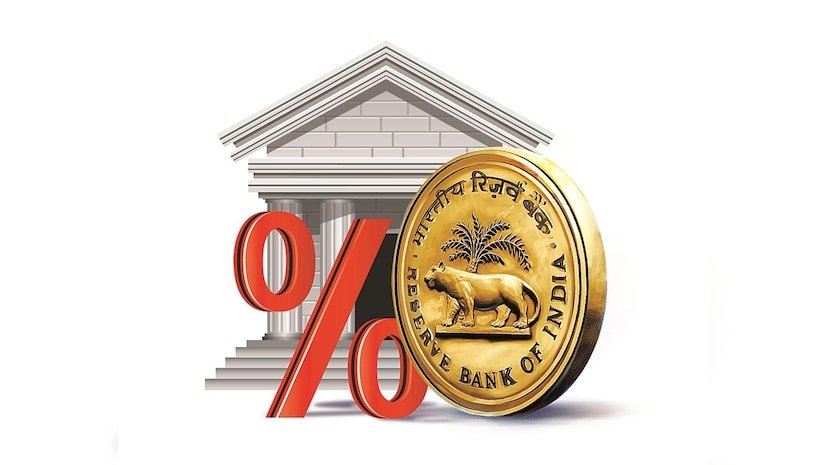
That trend was unlikely to change anytime soon as analysts in an Aug. 1-6 poll have barely changed their forecasts from a poll in July
The outlook for the Indian rupee has barely changed from last month as the Reserve Bank of India’s interventions keep the currency, deemed expensive compared with its peers, in a tight range, according to a Reuters poll of foreign exchange analysts.
A sharp fall in global equities related to sudden liquidation of carry trades, where investors borrow in cheap currencies to invest in higher yielding assets elsewhere, pushed the rupee to an all-time low of 83.96 per dollar on Tuesday.
The RBI’s likely intervention in the FX market limited the currency’s fall to 0.25%.
That trend was unlikely to change anytime soon as analysts in an Aug. 1-6 poll have barely changed their forecasts from a poll in July.
Median forecasts showed the rupee will trade at 83.55/$ and 83.40/$ by the end of October and end of January, respectively, from about 83.95/$ on Tuesday. It was forecast to gain about 1% to 83.00/$ in a year.
Fiona Lim, senior FX strategist at Maybank, said the rupee/dollar was a rather tricky pair to predict. “This is likely due in part to RBI’s penchant to lean against the wind to reduce volatility.”
“The main risk that threatens our forecasts (is) … if there is too much scrutiny, possibly by the U.S. Treasury on the rupee (being) kept artificially weak. While that’s not likely, a combination of higher-for-longer inflation and poorer (economic) growth outcomes for India could also threaten our outlook,” Lim said.
The rupee’s trade-weighted real effective exchange rate (REER) was 106.54 in June, according to the RBI’s monthly bulletin, suggesting the currency is overvalued by more than 6%.
The partially-convertible currency has been the most expensive relative to its trading peers since December 2017.
“Domestic policy focus is to boost manufacturing and exports, for which one of the things that we may require is a slightly cheaper currency, but current account deficit trends have favoured a less undervalued currency,” said Dhiraj Nim, a FX strategist at ANZ.
“It is now in an overvaluation zone so the effect of policy intervention is to prevent further overvaluation of the currency now. As long as the RBI is keen on building up those reserves and occasionally utilising them to smoothen out the volatility, this process might very well continue.”
(Only the headline and picture of this report may have been reworked by the Business Standard staff; the rest of the content is auto-generated from a syndicated feed.)
First Published: Aug 07 2024 | 8:27 AM IST





